But one should hold it in small proportion to hedge against any turmoil in global markets

The trade deficit dropped to a 17-month low of $6.85 billion in February 2015.
The key factor was a 55 per cent decline in the value of crude oil imports, compared to February 2014.
However, exports also fell, for a third successive month.
During April 2014 to February 2015, total physical exports hit $287 billion, far short of the financial year’s target of $340 billion.
Also, although there was an overall decline in imports, gold imports rose 48 per cent y-o-y to $2 billion in February.
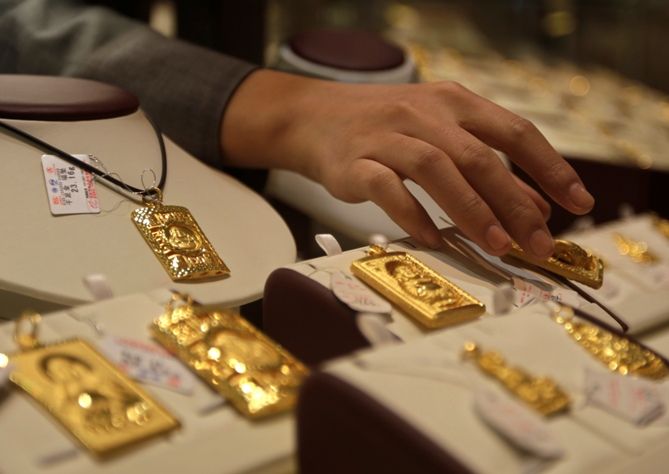
The data are in line with the trends seen in Q3.
The current account deficit for Q3, (October-December 2014) was somewhat over $8 billion, about 1.7 per cent of GDP by the new numbers.
Gold imports in those three months came to $11 billion.
So, the current account would have been positive without ‘yellow fever’.
Physical imports exceeded physical exports by about $39 billion but Services exports (including information technology exports of $18 billion) and remittances from abroad, ($16-17 billion), etc., cut the deficit to $8 billion.
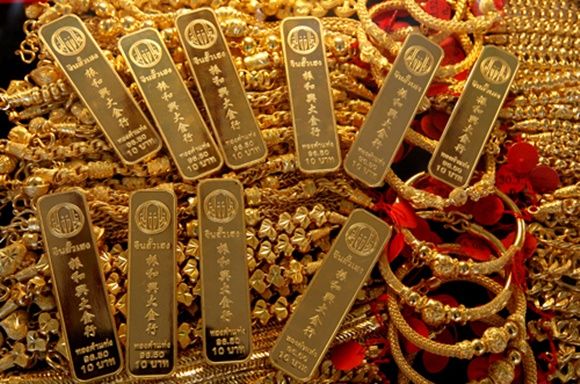
Gold import restrictions were only removed in November.
So, there was a surge of relief buying, coinciding with the wedding season.
More cynically, gold stopped being smuggled in and was instead reflected in official import data.
As mutual fund manager, Prashant Jain, recently noted India spends huge sums on gold. Overall, gold imports comfortably exceed FII investments in value.
For every dollar that foreign institutional investors have invested in Indian equity, Indians have imported two dollars worth of gold.
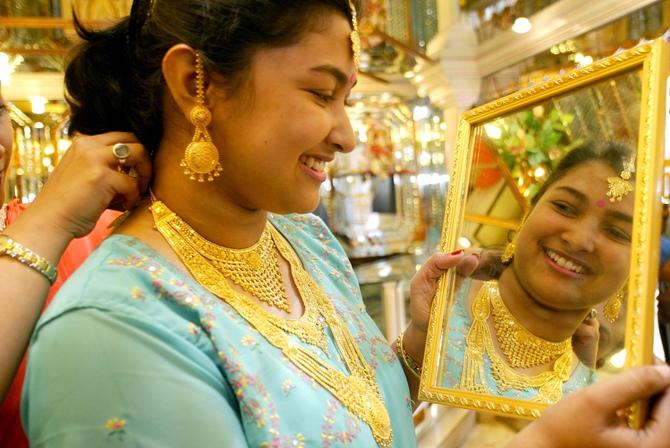
Gold is the second largest item on the import bill.
If the obsession with the precious metal was toned down, the external balance would start looking much healthier.
Also, household savings would move into potentially more productive assets.
Therefore, Finance Minister Arun Jaitley must be fervently hoping Indians get over their gold-addiction.
Buying gold is symptomatic of an unhealthy attitude towards savings.
There are historical and cultural reasons for stashing away gold but it is carried to extremes, given its drawbacks as an asset.
Gold earns no interest and there are long periods when it doesn’t score capital gains either.
As an asset, it is purely a hedge against currency uncertainty.
It does well during periods of high inflation and can be instantly transformed into cash if required in an emergency.
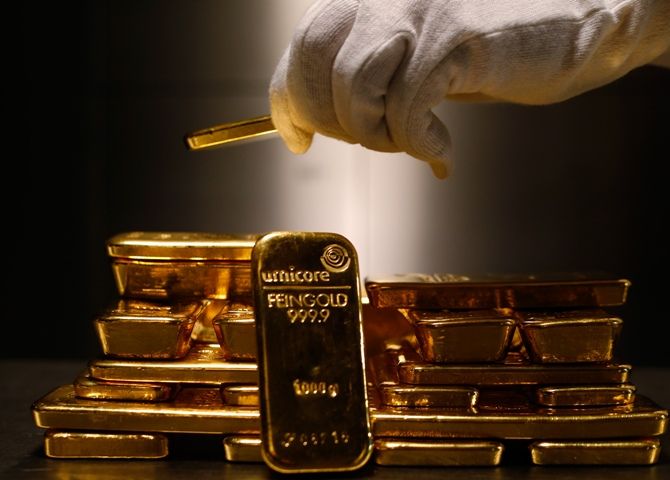
Households buy gold because they don’t trust other assets, which could earn higher returns.
The secondary equity market is volatile and it has a reputation for being easily manipulated by scamsters.
Government debt is not easily accessible for individuals. Corporate debt carries risks of default.
There is no secondary debt market, which could make it safer to invest in corporate bonds.
The PSU disinvestment programme has, by and large, not earned returns for investors and has required support from government-owned institutions as a result.
The Budget has several new schemes to try and wean people away from buying the precious metal.
There is a gold loan concept and a possible sovereign gold bond and the government is also considering issuing its own gold coins.
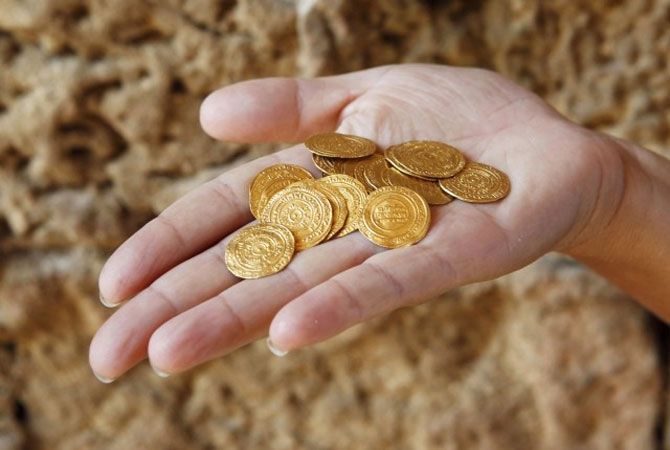
These schemes should allow some interest to be earned by loaning metal, which could eventually be redeemed.
The details will be crucial and the concepts will have to be marketed well, with the advantages explained carefully.
Gold buyers tend to be very conservative and none of the existing schemes have been very successful in reducing the appetite for imports.
Prices reflect trends in the currency markets. In dollar terms, gold prices have gone nowhere for the past three years. In fact, it is down about 40 per cent from its peaks in 2012.
But the euro and yen weaknesses have meant gold has gained considerably against those currencies.
However, the rupee has also been strong however, and, hence, gold has moved sideways in rupee terms.

If the current trends hold, gold is unlikely to be a great investment in rupee terms.
The rupee is very likely to continue to rule strong against the yen and euro, while holding its own, more or less, against the dollar.
In fact, the Reserve Bank of India has been buying dollar to keep the rupee from appreciating too much.
But if there is a trend reversal and the dollar falls, or there is major turmoil in the global currency markets, gold would be a good hedge.
A diversified asset allocation strategy would imply holding some gold to guard against such situations.
However, it should be a small portion of any portfolio.
The odds don’t seem to favour the precious metal at the moment.











